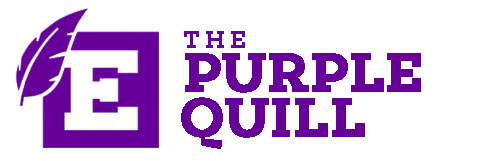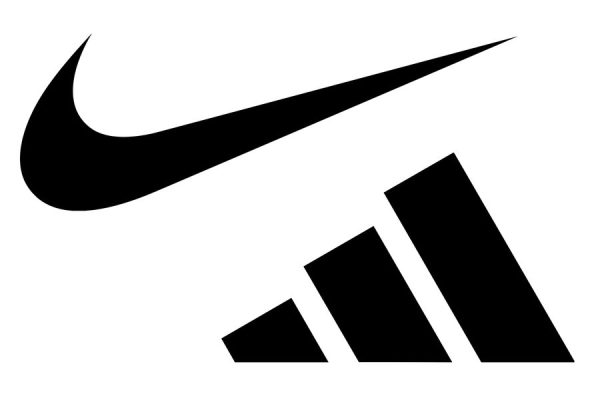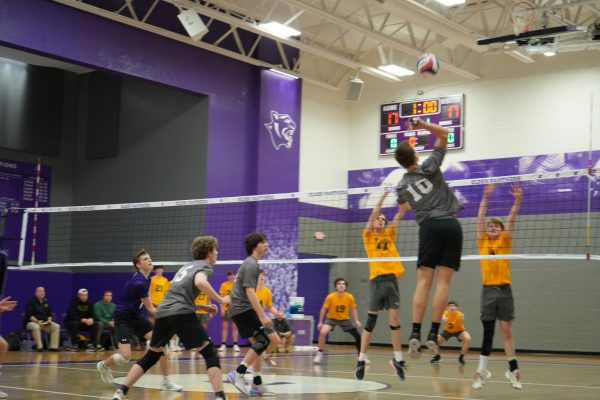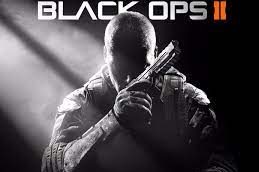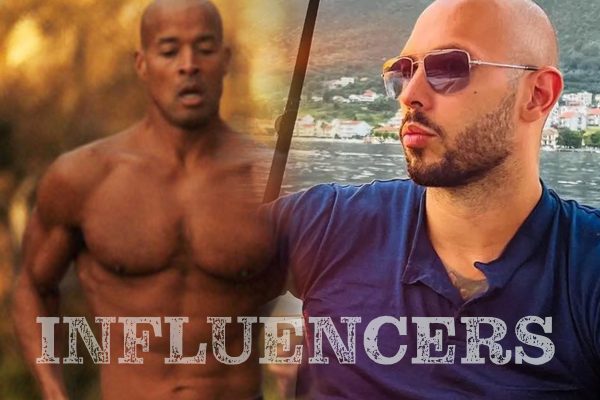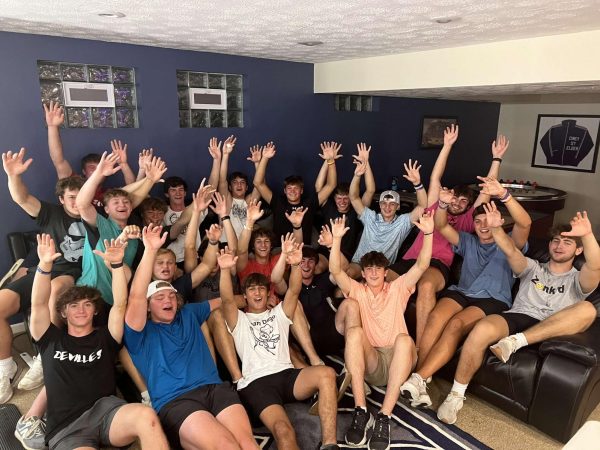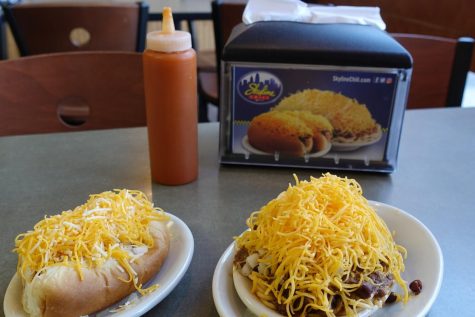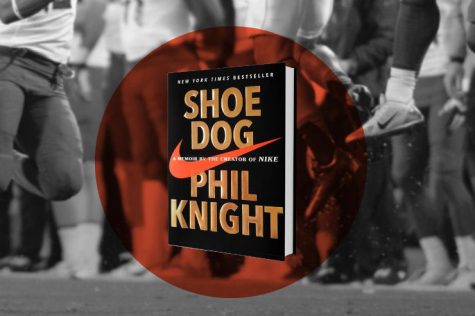NBA in the Queen City?
A look at why the city of Cincinnati deserves a second chance with the NBA.
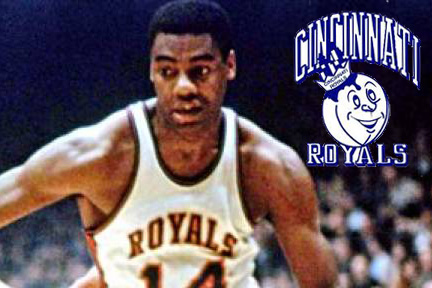
Oscar Robertson alongside the Cincinnati Royals logo.
Cincinnati has a historic heritage when it comes to sports. Our city has had many professional sports teams including the Stingers, Cyclones, Mighty ducks, and Bengals. The city was home to the first Major League Baseball team, the Cincinnati Reds, and nearly 90 years later the city added another sports team, The Cincinnati Royals.
The Royals came to Cincinnati in 1957 from Rochester, New York. The Royals played 14 seasons in the Queen City, and during their stay in Cincinnati the team produced some all-stars and hall of famers. The team never brought back a championship, but they did have a few good playoff runs.
University of Cincinnati standout Oscar Robertson was one of the hall of famers who played for the Royals. After he was drafted number one overall by the Royals in 1960, he began his illustrious career. He is in the NBA record books as the seventh best point scorer of all-time. The team left after the 1972 season for Kansas City, and they made the name change from the Royals to the Kings.
The former Royals team is now located in Sacramento, California. In the team’s history, they have traveled from coast to coast with a few stops in between. In the franchise’s 66 year history they have only one championship.
Many basketball fans today would love to see a National Basketball Association team, but why did they leave Cincinnati? There are many possibilities for why they left, and they could have left due to a lack of success. The main reason was a result of an unenthusiastic fan base. The attendance levels were diminishing over their final seasons at the Cincinnati Gardens. The Gardens is now home to Elder’s very own ice hockey team.
The city has lacked a professional basketball team from its athletic resume for the past 40 years. There are hopes for another NBA team to spring up in the tri-state sometime again.
The diminished fan support would no longer be a problem like it was back in the 60s and 70s. The city has shown much support in basketball, and this is illuminated through the Crosstown Showdown. Xavier University and the University of Cincinnati both have strong fan bases which bleed their team’s colors.
Like every realtor says, “It’s all about location, location, location.” The new basketball team would have to find a place to play within the city or its surrounding areas. The franchise would primarily have three options as to where they would play.
1. U.S. Arena is the building that sits adjacent to Great American Ball Park. This arena has held games for basketball already for the likes of the Harlem Globe Trotters and NBA teams during the preseason. This arena holds 17,556 fans which is on the lower end of the spectrum considering the average NBA arena has room for 20,000 fans. If a team were to call U.S. Bank home it would be the third major sports team to be in Cincinnati along with being on the edge of the river.
2. Place the stadium in between two counties near Cincinnati. Many Hamilton County residents were angered by the expense of Paul Brown Stadium which came directly from tax payers. By placing the stadium in between two counties, the expenses would be diversified further through the two counties sharing ownership of the arena.
3. Mason is known as the one of the fastest growing areas in Ohio. The city of Mason is located approximately a half hour away from Cincinnati. There is enough space to make a stadium along with parking especially near Kings Island. Mason could attract both Cincinnati and Dayton fans which would, most likely, make the problem of attendance solved. Mason already is home to a major sporting event every year, The Western and Southern Open (tennis).
Cincinnati can benefit from an NBA team, whether it’s in the city or in its surround area. One problem could be the fact that another team would have to be added to the West if Cincinnati did so get a team playing in the East. But even with many unanswered questions, returning an NBA team to Cincinnati would add to the city’s historic athletic legacy.

I am senior Jonathan Reiter, and this is my first year as a journalist for The Purple Quill. I have lived in Delhi my whole life, and I went to Saint Antoninus...
